
| What is Flavor and Fortune? |
| How do I subscribe? |
| How do I get past issues? |
| How do I advertise? |
| How do I contact the editor? |
Read 12995993 times
Connect me to:
| Home |
| Articles |
| Book reviews |
| Letters to the Editor |
| Newmans News and Notes |
| Recipes |
| Restaurant reviews |
| Article Index (all years, slow) |
| List of Article Years |
| Article Index (2025) |
| Article Index (last 2 years) |
| Things others say |
| Related Links |
| Log In... |
| Authors |
| Categories & Topics |
TOPICS INCLUDE: Maligning Chinese food; Substitues for Sichuan pepper and ginger paste; White tea; Dim sum; Error in Top 100; Chinese eat less calories
| by Jacqueline M. Newman |
Letters to the Editor
Fall Volume: 2005 Issue: 12(3) page(s): 6, 7, 8, and 37
From ANNA LEE in DETROIT MI:
Why is Chinese food maligned as cheap, ugly, and unhealthy? How do you deal with these ignorant comments?
ANNA LEE: The snappiest answer, but least helpful, is to say: 'With difficulty,' however in seriousness, there are responses with reasons that may help Chinese and non-Chinese who suffer the sense of indignity at this stupidness. Chinese food lovers, no matter who or where, know it is a combination of outright ignorance stir-fried with a large modicum of prejudice.
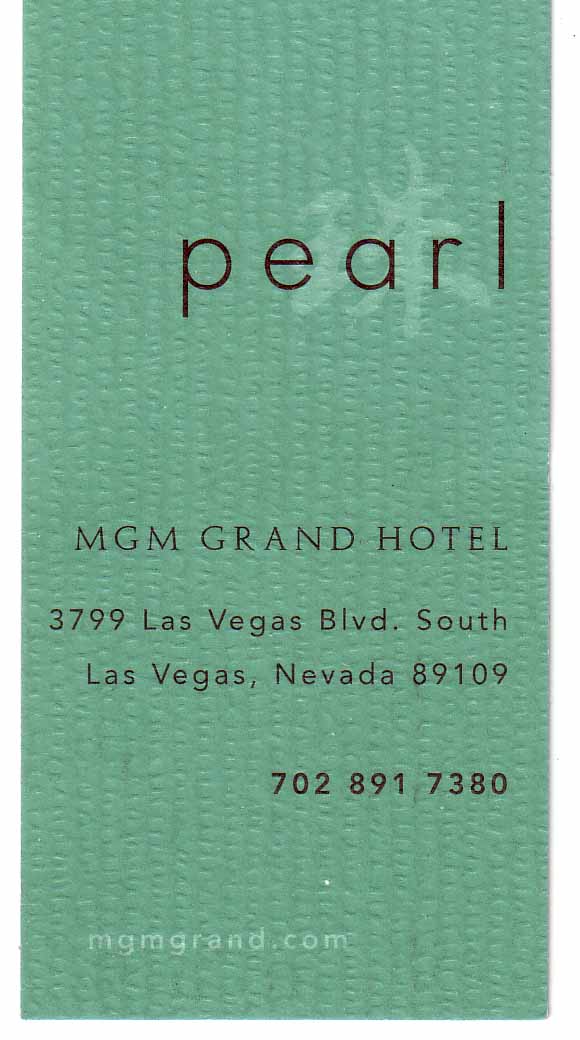
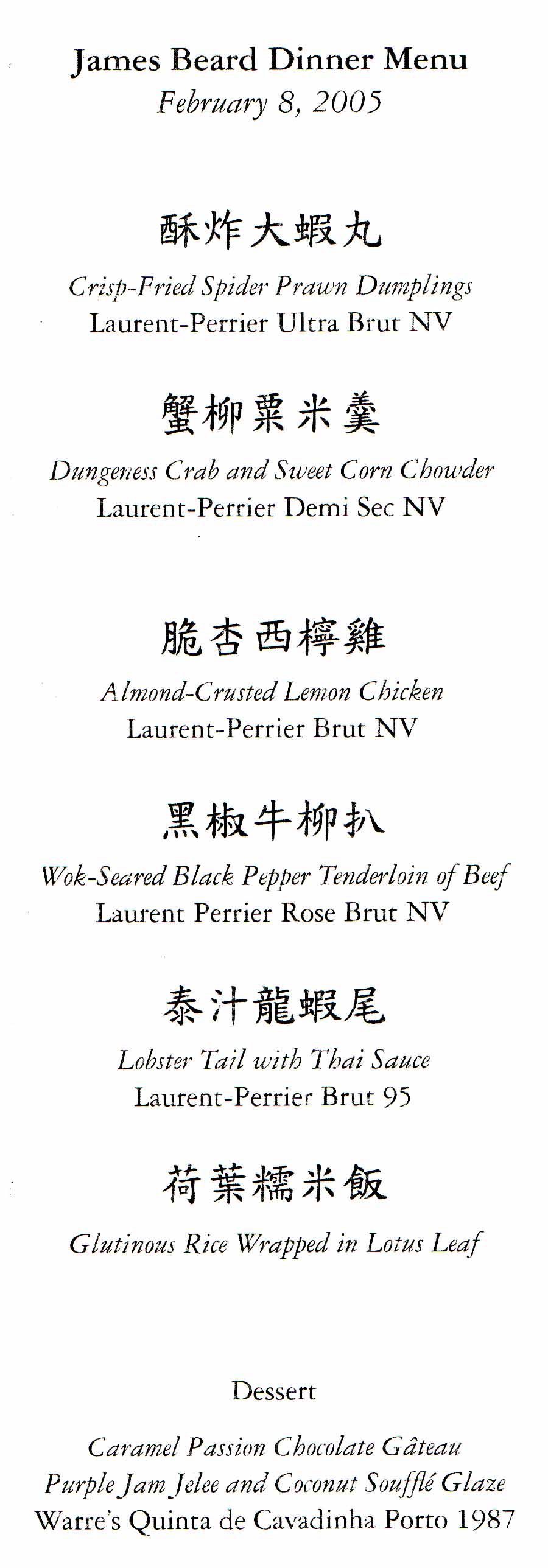 Chinese food is cheap only to those unwilling to pay for really fine Chinese food. Cheap Chinese food is consumed in restaurants manned by folk not trained as chefs. People do get what their meager payment deserves. Those who adore French food do not hesitate to fork over a hundred bucks for a great French meal, more than that for a fantastic one. One can rarely pay less and get great gorgeous food. Would that more folk understood that. Those that do, those willing to pay the piper, can and do get fine Chinese food.
Chinese food is cheap only to those unwilling to pay for really fine Chinese food. Cheap Chinese food is consumed in restaurants manned by folk not trained as chefs. People do get what their meager payment deserves. Those who adore French food do not hesitate to fork over a hundred bucks for a great French meal, more than that for a fantastic one. One can rarely pay less and get great gorgeous food. Would that more folk understood that. Those that do, those willing to pay the piper, can and do get fine Chinese food.
Last February, we went to the James Beard House. For more than one hundred dollars per person, we had a gorgeous tasty meal made by chefs from a very upscale Chinese restaurant. The chefs came from PEARL, at the MGM GRAND HOTEL; 3799 LAS VEGAS BOULEVARD SOUTH; LAS VEGAS NV 89109; phone (702) 891-7380. The menu, not listing all that was served, and two photographs are provided. One picture is Crisp-fried Spider Prawn Dumplings, the other a tray of appetizers ready to serve. We did pay the price, which included many fine champagnes served with this beautiful Chinese food. When was the last time folks you know took the opportunity to delight in this expensive delicious Chinese food? Chinese food is cheap only to those unwilling to pay for really fine Chinese food. Cheap Chinese food is consumed in restaurants manned by folk not trained as chefs. People do get what their meager payment deserves. Those who adore French food do not hesitate to fork over a hundred bucks for a great French meal, more than that for a fantastic one. One can rarely pay less and get great gorgeous food. Would that more folk understood that. Those that do, those willing to pay the piper, can and do get fine Chinese food; so cheap and ugly are not synonymous with Chinese food.
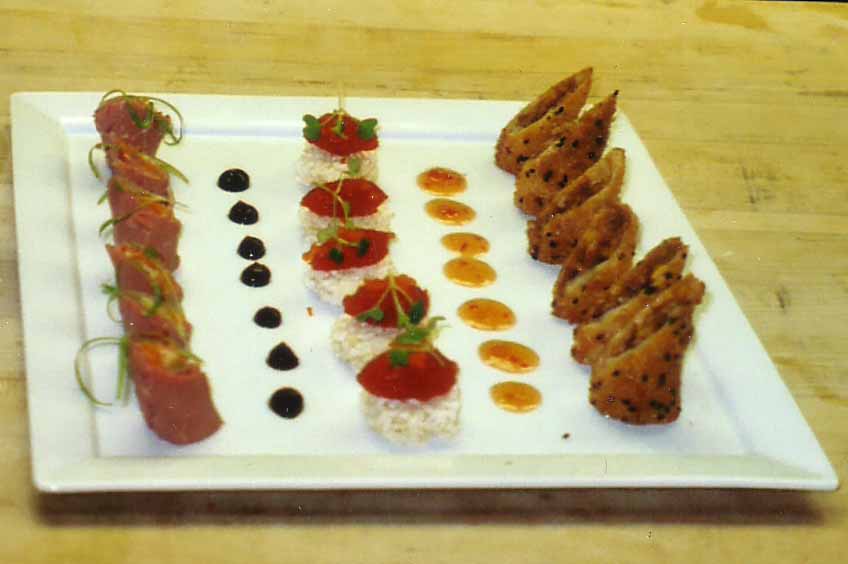
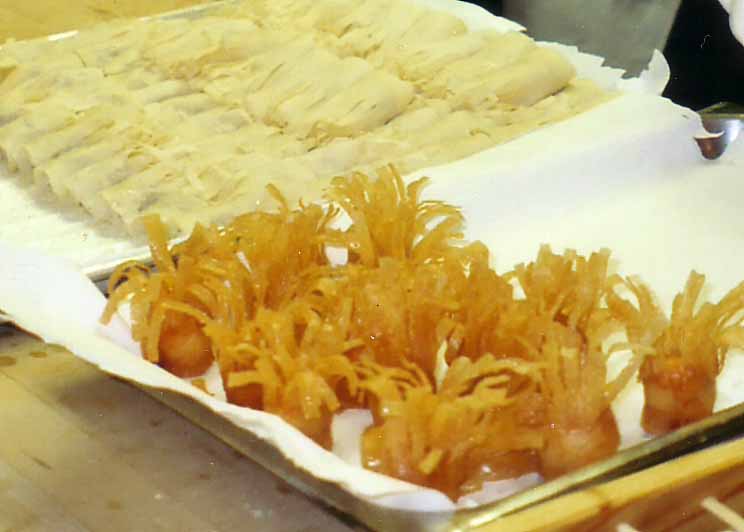 As to healthy Chinese foods, in any restaurant, those who eat too much. or eat too many fried foods–no matter the ethnicity, invite obesity and other health problems upon themselves. Select well, consume portions more Chinese or French than American, and the odds are that obesity and other less-than-healthy conditions will not be on the horizon. In general, Americans make many ethnic foods with too much fat and too much salt. They eat too many of them, get too many calories, too much sodium, and all too much fat and that is where the less than healthy results come from. If they selected less, and selected better, it would be better for them. And, incidentally, each course in the above meal and the small amount of champagne with every one of them was just the right amount; no one went home bloated or bothered from any over-indulgence.
As to healthy Chinese foods, in any restaurant, those who eat too much. or eat too many fried foods–no matter the ethnicity, invite obesity and other health problems upon themselves. Select well, consume portions more Chinese or French than American, and the odds are that obesity and other less-than-healthy conditions will not be on the horizon. In general, Americans make many ethnic foods with too much fat and too much salt. They eat too many of them, get too many calories, too much sodium, and all too much fat and that is where the less than healthy results come from. If they selected less, and selected better, it would be better for them. And, incidentally, each course in the above meal and the small amount of champagne with every one of them was just the right amount; no one went home bloated or bothered from any over-indulgence.
From SUZIE B. in PALM SPRINGS CA:
You no doubt know we can not get Sichuan pepper due to a citrus canker ruining our trees here in California. Is there a substitute? While asking, may I be so bold as to inquire how to make ginger paste?
SUZIE: Rumors abound as to the lifting of the ban on Sichuan pepper, also known as 'flower pepper' and/or 'fagara.' We can neither confirm nor deny them; and do continue to seek an accurate determination, which we do not yet have. In the meantime, try the following reasonable substitute for the Sichuan pepper, and make yourself some ginger paste. However, keep in mind, the substitue at the end of this article is not an absolute substitute; but a good one.
From SUE, a dietitian in CT:
You and readers might want to know that the 'L.A. Times' in the March 21st issue, wrote that white tea merits further research. Discussed is the fact that some tout it to improve dental health, increase the life span, fend off cancer, even protect the skin from sun damage. Who knew? What do you know about it? Do you drink white tea? and From NANCY, a dentist in DE:
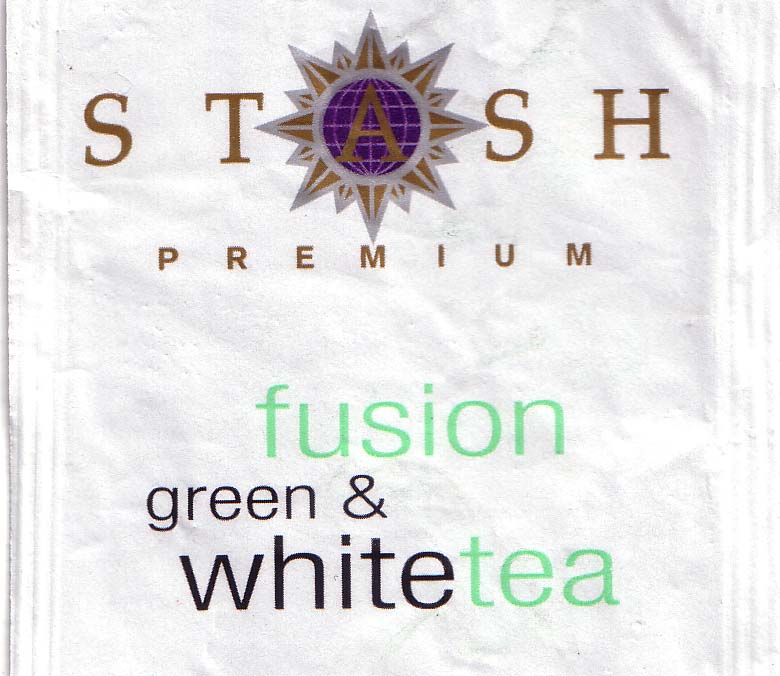
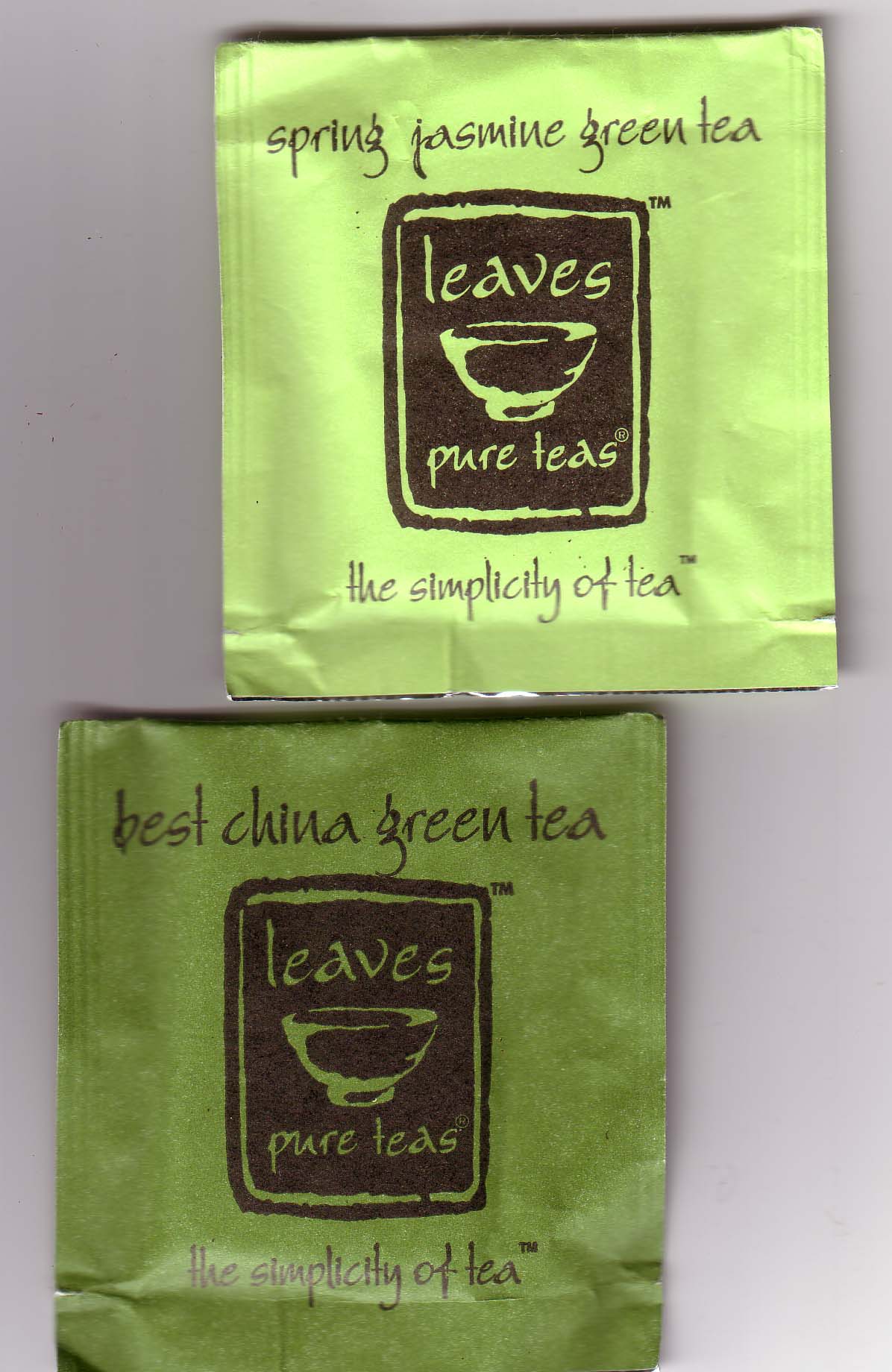
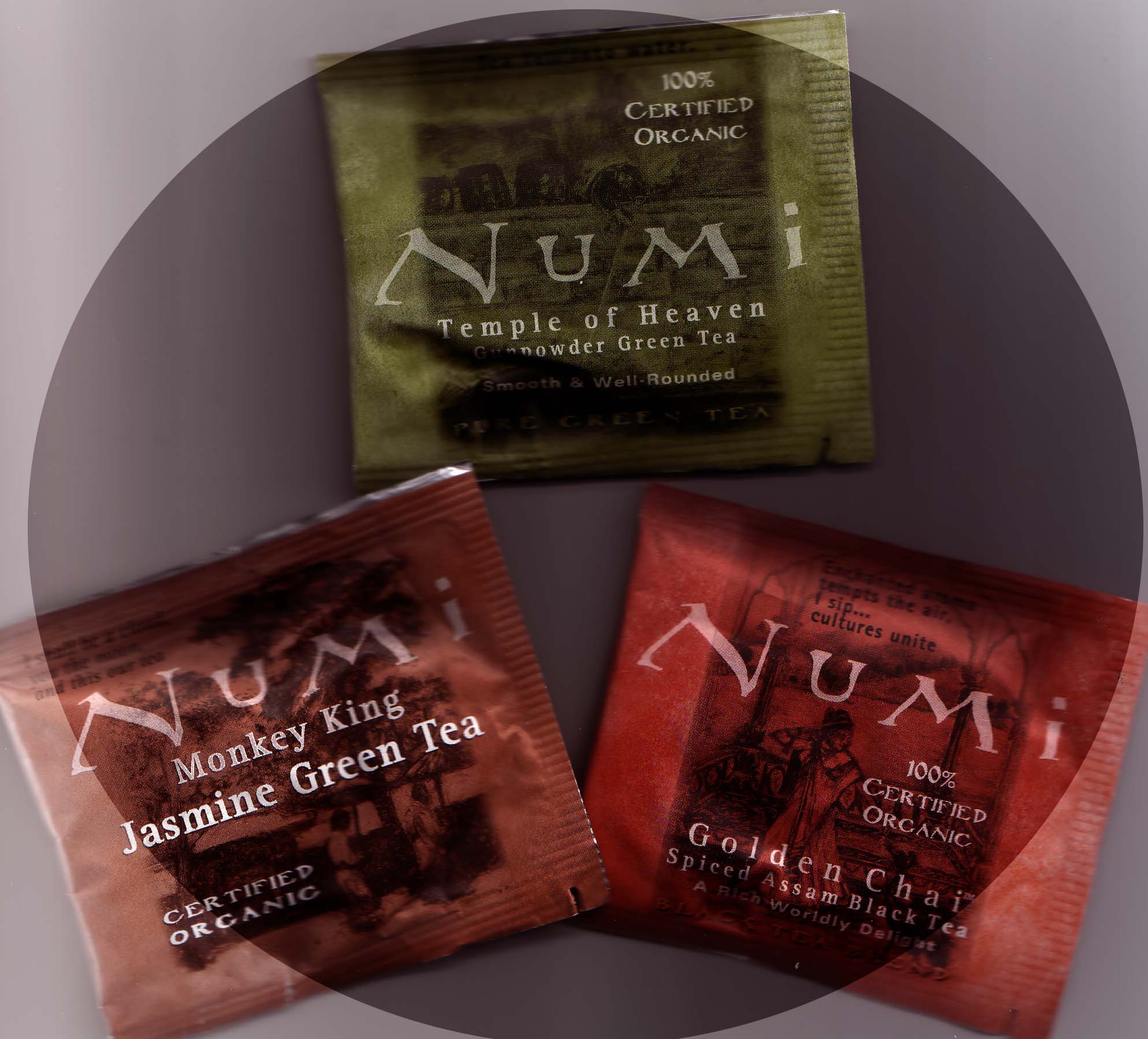 Why do my patients insist that it will not stain their teeth, that it will keep them from caries, and help them to live longer? I worry about tea bags, they do not, as many use bleached paper which may be making those very caries?
Why do my patients insist that it will not stain their teeth, that it will keep them from caries, and help them to live longer? I worry about tea bags, they do not, as many use bleached paper which may be making those very caries?
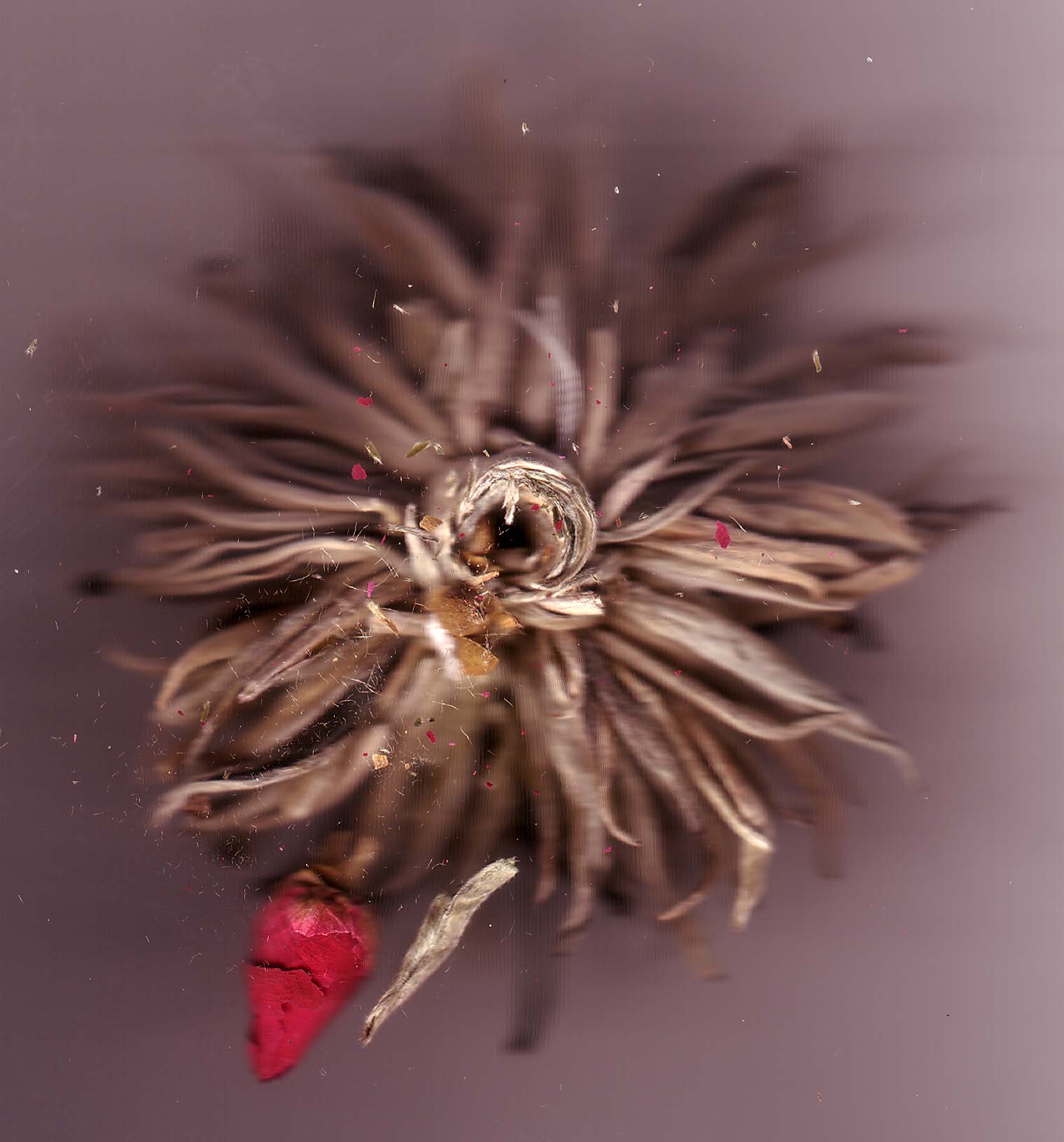
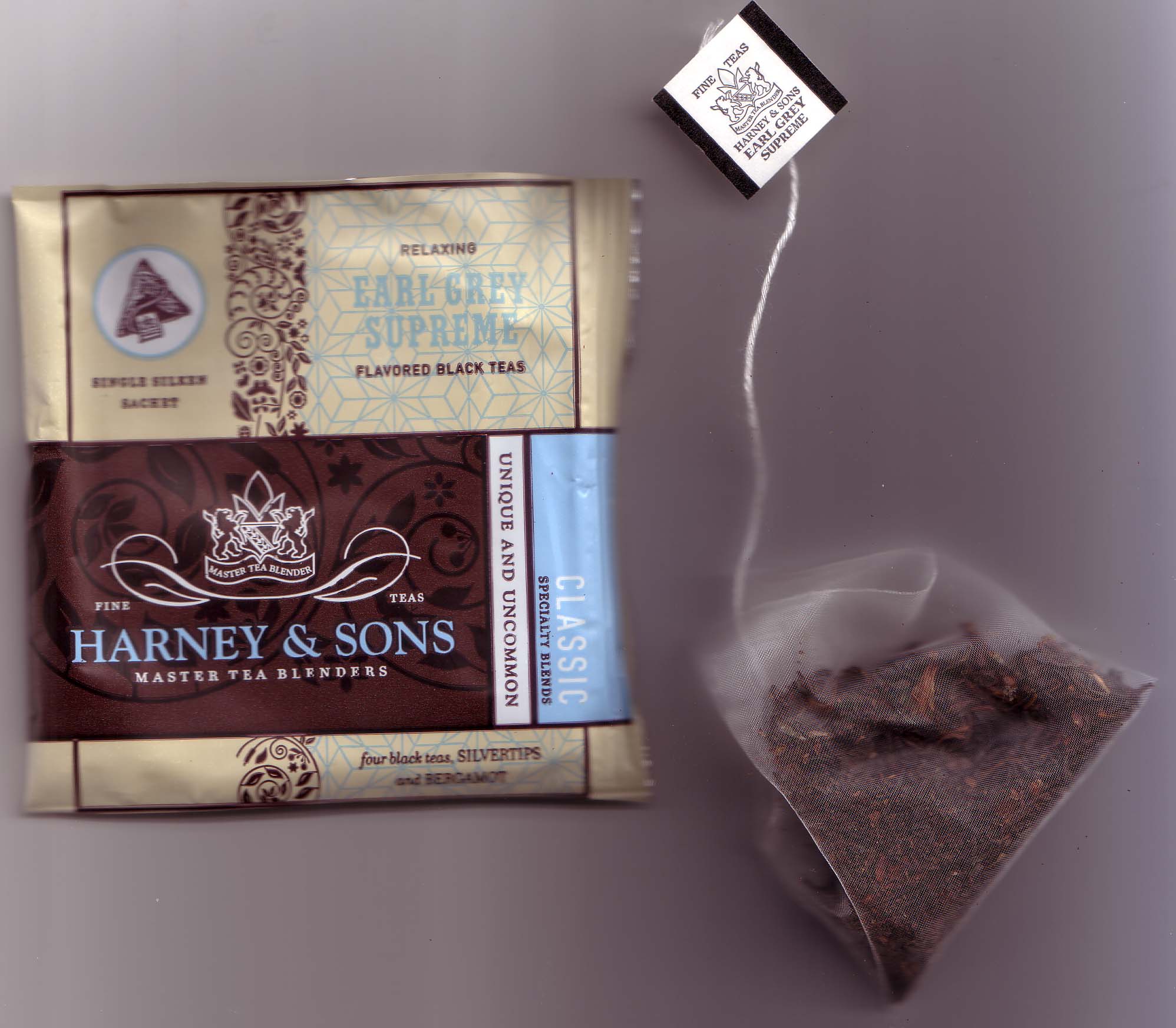
SUE, NANCY, and ALL: Join the throngs increasing their knowledge-base about this 'new to the United States' white tea. It is only available in small quantities, even in China. As of this time, there is no proof that white tea heals, cures, or is good for anything specific. The Los Angeles Times article speaks about tea extract, not about how much white tea does any good. The rationale used is based upon its polyphenol content working as an antioxidant.
Research is a long way from deeming white tea valuable for you or me. The study talked of discusses primarily, if not totally, work done on bacteria and white tea, in test tubes. There is no way to know if the tea leaves used were dried, withered slightly, fermented, or more, or if they were mixed with anything else. Furthermore, the article offers no information about where the tea grew, if the leaves were sprayed, was the extract chemically released or simply brewed in hot water; and how hot was that;. It did not say if the extract was made in paper, plastic, or metal, either. Which raises the question, in what do you brew and drink your tea?
The value of tea, be it black, green, yellow, or white, is fueled by manufacturers at a fever level of excitement; and most often not based upon actual tea-drinking conditions; and this is one such early item of research that may or may not translate to human beings.
Checking out where you might purchase white tea, we noticed a Stash tea called "fusion green and white tea." We brewed it and found a poor example of what white tea should taste like; maybe it was old? It did contain many green teas. Its foil envelope said: "White tea is full of potent antioxidants...and white tea may be even more beneficial than green tea." Note the word: 'may.' It said nothing about its flavor, and had little to offer even though it did include the following ingredients: "white tea, Japanese green, Assam Green, Darjeeling green and organic green leaves." Tea bags and other packages tout many things. A few are illustrated here for your education. Most contain tiny particles of tea, many in paper packaging and not in foil or plastic or both, brew making poor renditions of what tea should taste like. Some are organic, such as most Numi teas. Stash, Leaves Pure Teas, and Numi, illustrated on these pages, and others come in foil packets. This keeps them fresher than those in paper packets. Some tea bags include bigger tea leaf pieces, and are better teas. We recently enjoyed some classic speciality teas packaged in triangular-shaped single 'silken' sachets; almost all made of fine nylon. The latter was sold by Harney & Sons, master tea blenders. It also came in a foil packet though thinner, and it is illustrated on this page. The Harney product was the first tea bag tea tea we really enjoyed. Another packaged tea that was terrific was a Numi Starlight Rose in aluminum foil and plastic; it was hand-tied peony shape, and made a wonderful pot of tea. Asume you know that very few tea bags use whole tea leaves, no matter their color. Most use leaf particles called 'fannings and dust.' They look like their second word or tea sweepings. We suggest you open a few tea bags and check them out. Some tea bags illustrated on this page include whole or almost whole tea leaves; many break with handling. Most research on tea, which is more healthful than coffee, does not tout tea as a sure cure for anything. If tea does any good, be aware that the jury is still out as to what that may be.
All teas can stain your teeth. Newer whitening toothpastes remove most of those stains and many make teeth sparkle. Tea should be consumed not because it is organic, which may or may not be better for you, and not because it is or is not herbal. Incidentally herbal teas are not tea; they are correclty called 'tissanes' and most are not regulated the way tea is. Herbals have fewer if any requirements as to whether they are sprayed, contaminated, or terrific.
So, why drink tea? Because it tastes good, has less caffeine than coffee, and has the ability to relax the consumer. Furthermore, tea is an inexpensive beverage, compared to coffee, soda, or even juice. It is inexpensive, because a pound of tea makes some two hundred forty or more five-to-six-ounce cups of tea. A pound of coffee makes forty similar-size cups. Figure it out yourself. If paying five dollars a pound for coffee, one cup of java costs twelve and a half cents for its six ounce cup. Pay fifteen dollars a pound for tea, and one cup of tea costs six and a half cents a cup. Even at forty bucks a pound, your cup of tea costs but sixteen cents.
We heard from several readers who told us that they found many tea bags, including the Stash Fusion Green and White tea, to be tasteless. To everyone, we suggest buying and trying. After many such tastings, we rarely drink tea bag tea. We brew whole tea leaves, mostly green, and delight in drinking the fine flavorful resulting brew. Harney & Sons and other companies have new specialty teas, many are large broken leaves; theirs in single 'silken' sachets. We suggest you try them and other brands and learn whose tastes tempt. If one or another brings health attributes years down the road; be grateful. In the meantime, relax, eat healthfully, and enjoy tea in the latest tea bags from Japan that may be non-woven and nylon, round and made of paper, or the tall aluminum ones. Some have been shown in previous issues (See Volume 6(3) on page 6, Volume 8(2) on page 27, and others). Try those without staples, bleach, or glue as they can add unwanted flavors and health factors. Then determine which tea is for thee...and enjoy it.
A few facts: Tea is one of the few agricultural products neither rinsed nor washed after harvest. Whole tea leaves contain more antioxidants than ground leaves. Most teas have been grown without pesticides for thousands of years. Flat tea bags will never go away nor ever have quality tea leaves in them. And, whole tea leaves can have quality to match the hype that they deserve.
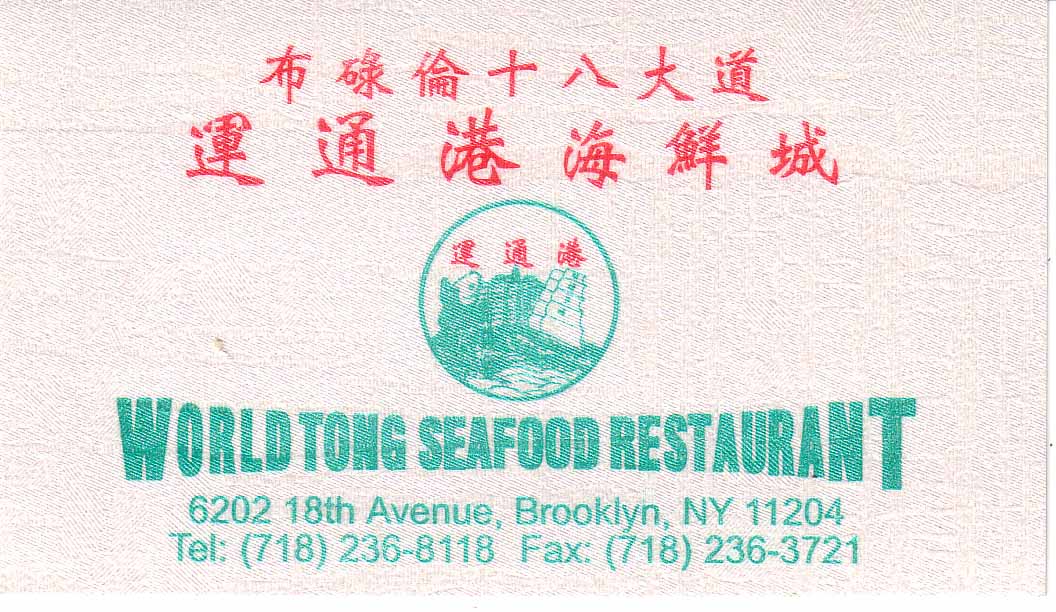 From LOUISE in BOSTON MA:
From LOUISE in BOSTON MA:
We often get to New York City to enjoy dim sum, and have eaten at places recommended in your magazine. However, you rarely advise of new or unusual dishes at any of them. Can you at least name one different dim sum dish that is terrific and not typical?
LOUISE: Getting out of Manhattan can be new and nifty for some. Try wandering around 8th Avenue in Brooklyn between 45th and 62nd streets; that is a growing Chinatown with many new tastes and treats. Several blocks away, off 62nd Street and on 18th Avenue, try dim sum at WORLD TONG SEAFOOD RESTAURANT; 6202 18th AVENUE: BROOKLYN NY 11204; phone: (718) 236-8118. They have a delightful and delectable new dim sum dish of very lightly stewed curried duck tongues served with fried slices of taro root. Five of us eating them could not get enough. We all agreed they were both unusual and unusually good.
| Non-flower-pepper (or fagara) Mix |
|---|
2 Tablespoons ground white pepper 2 Tablespoons coarsely ground black pepper 1 Tablespoon ground fennel 1 Tablespoon ground five-spice powder 1/2 teaspoon ground cayenne or another hot pepper Preparation: 1. Mix all of the spices, and put into a small glass bottle, such as an empty spice jar. 2. Use as substitute for ground Sichuan pepper, in equal amounts. |
| Ginger Paste |
|---|
1 pound fresh ginger, peeled, rinsed, dried and sliced 2 Tablespoons corn oil 10 teaspoons sesame oil 10 cloves garlic, peeled and mashed 1 teaspoon ground white pepper Preparation: 1. Mince the ginger until it is a thick paste, then add both oils and continue mincing for another two minutes, continually folding in the oils. 2. Add mashed garlic and the ground pepper and mix well; then use as desired. This mixture can stay for two or at most three days, if refrigerated. Do keep it very well covered; we use a sealed plastic container inside another sealed container. |

Copyright © 1994-2025 by ISACC, all rights reserved
Address
3 Jefferson Ferry Drive
S. Setauket NY 11720